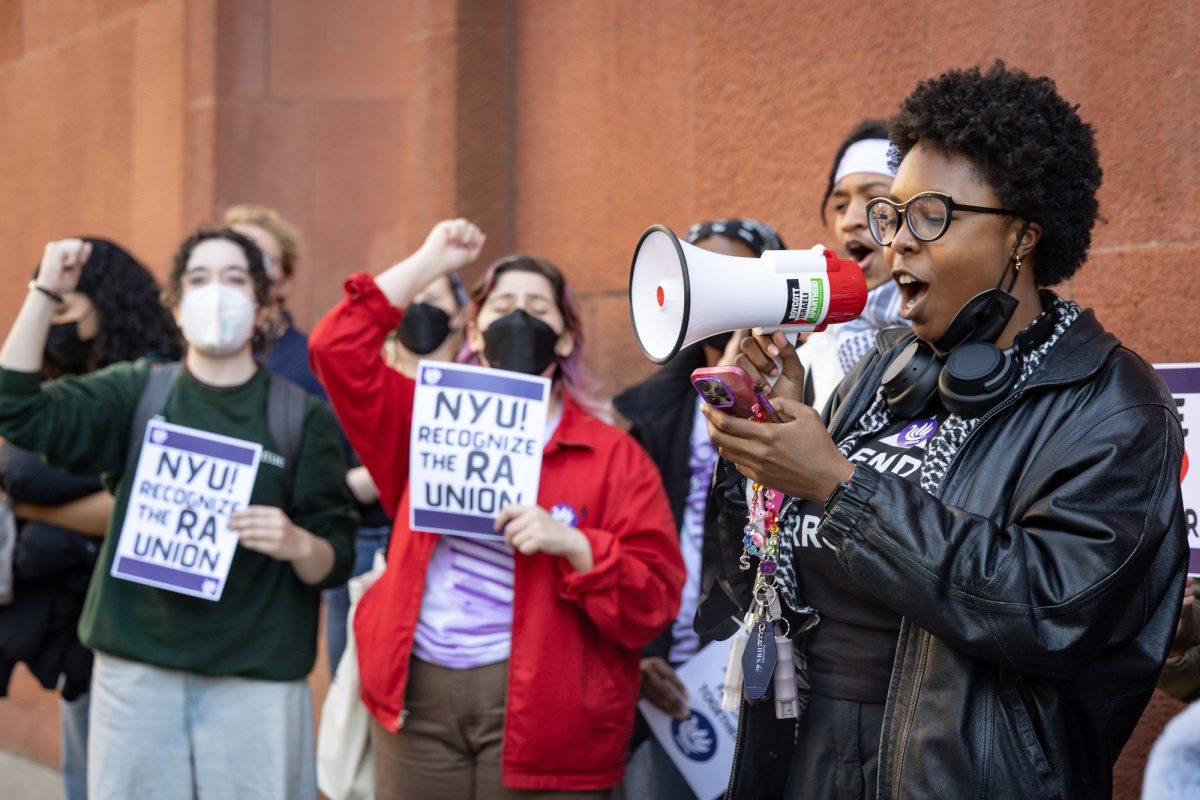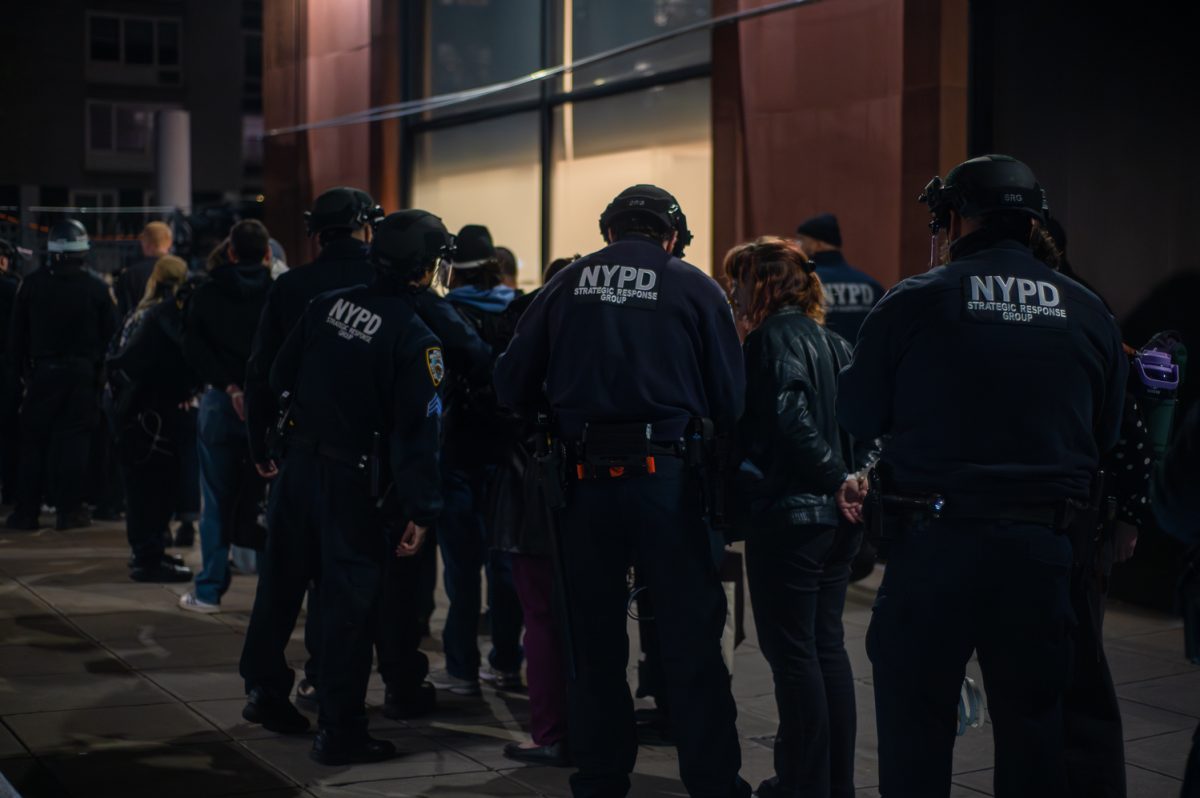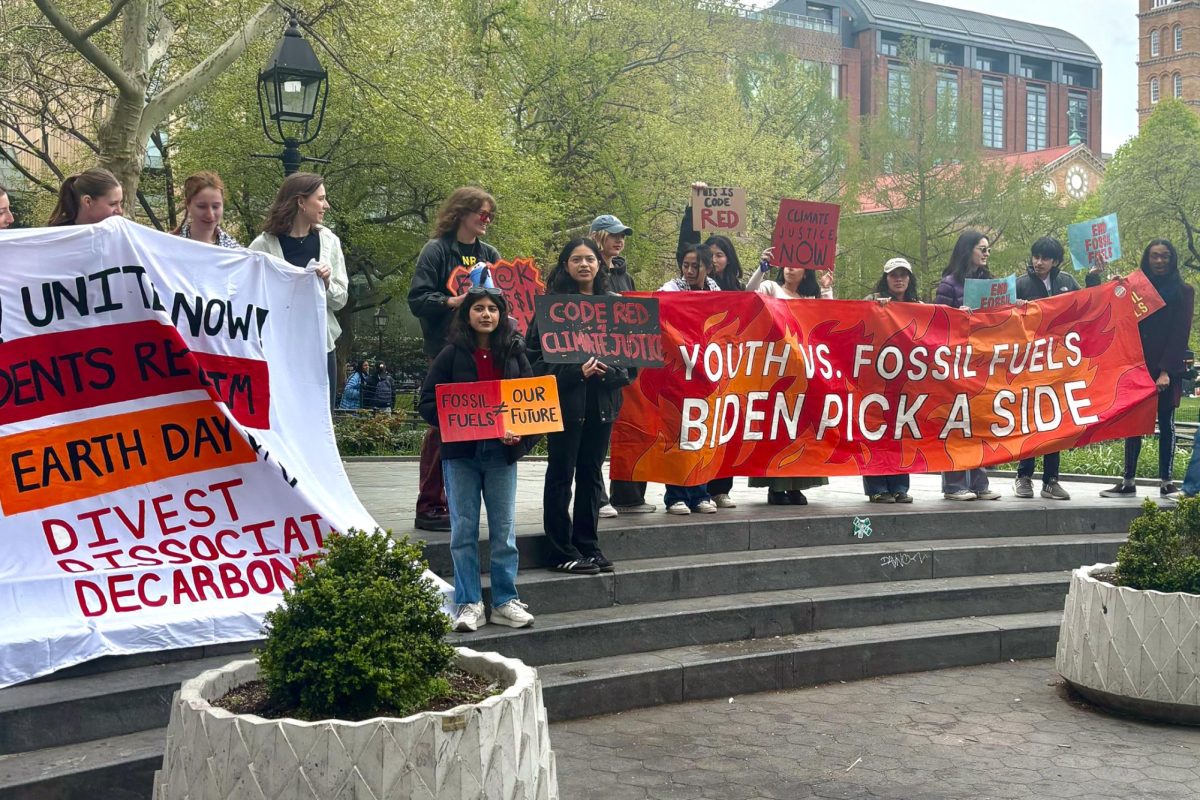Journalism Institute Launches First Amendment Watchdog Site
The Article L. Carter Journalism institute launched its First Amendment Watch website earlier this week.The site will analyze and contextualize key news events relating to freedom of speech and press.
October 16, 2017
On Wednesday Oct. 11, the Arthur L. Carter Journalism Institute introduced its First Amendment Watch website to analyze and contextualize key news events relating to the freedoms of speech and press.
Spearheaded by journalism professor Stephen D. Solomon, the site is meant to be a watchdog for freedom of expression, providing updates, legal background, historical context and commentary to First Amendment events and cases.
“It’s really an educational site,” Solomon said. “I hope it goes a long way in making a contribution to people’s understanding of First Amendment conflicts. We put a very high priority on the site being non-partisan. We cover the First Amendment, we’re not in the business of being anti-anybody.”
Solomon proposed the idea for the site in February and very quickly gained financial support from NYU administration. Since then, he has been working part-time on the concept along with website managing editor Tatiana Serafin, an adjunct professor at Marymount Manhattan College. Solomon also hired CAS sophomore John Barna as a research assistant.
“Professor Solomon taught my freshman honors seminar,” Barna said. “During the semester I was able to develop a thorough appreciation for the role of the first amendment in our representative democracy. He asked me to join this project as a research assistant.”
The three person team aggregates First Amendment news stories that they determine to be important on issues such as news gathering, hate speech, fake news, libel, campus speech and censorship. Included along with the news stories are various opinion pieces on the subject and historical and legal context.
“The potential audience is anyone interested in these conflicts,” Solomon said. “There’s so much written about them and so much on social media and its dominating news. There’s so much material out there but I think people need a trusted source to go.”
Solomon believes First Amendment Watch can also be helpful to journalists trying to gain a deeper understanding on the news stories they are covering. Barna asserts the importance of this understanding for college students in particular, referencing events on college campuses like the hecklers’ veto of various conservative speakers.
“Some of the most interesting First Amendment issues have been campus speech issues,” Barna said. “NYU has been one of the campuses where speech has been a really prominent subject. When you think of the university as a platform to freely and openly express ideas, you start to see that’s under threat.”
As of the website’s launch, the featured story has been the heated debate around NFL players taking a knee during the national anthem at football games. The news and opinion stories are supported with landmark Supreme Court cases on symbolic speech. First Amendment Watch is also active on Twitter and Facebook, where updates on developing stories are continuously posted.
A version of this article appeared in the Monday, Oct. 16 print edition. Email Sakshi Venkatraman at [email protected].













































































































































